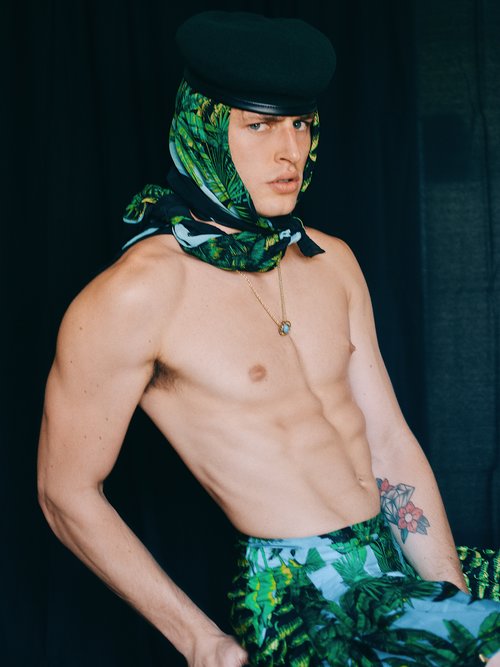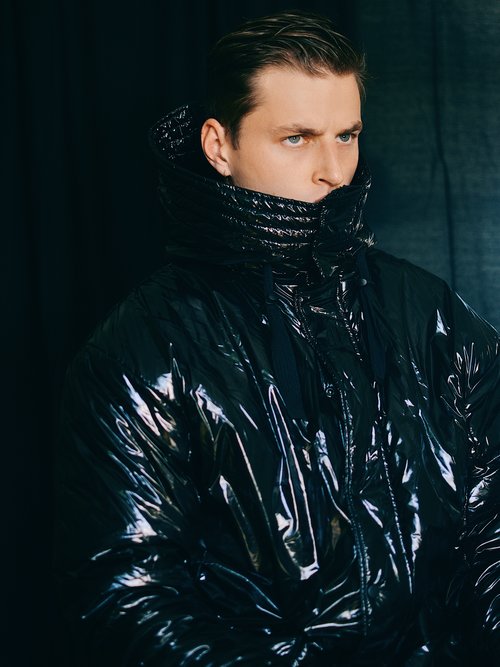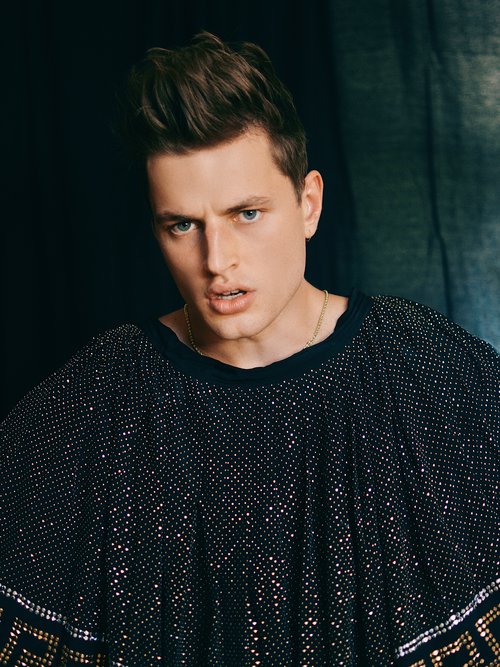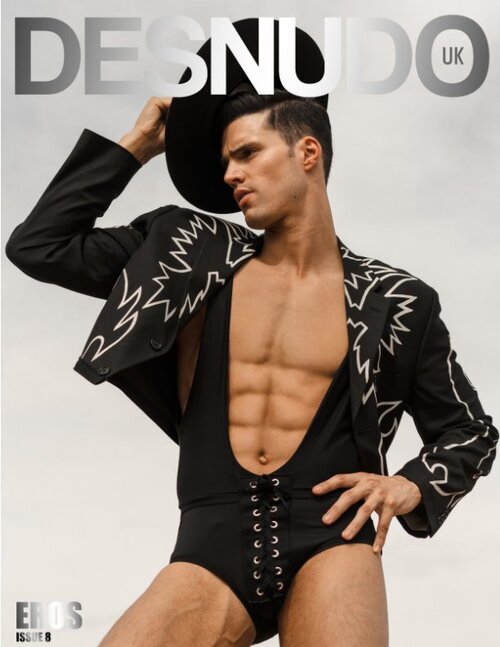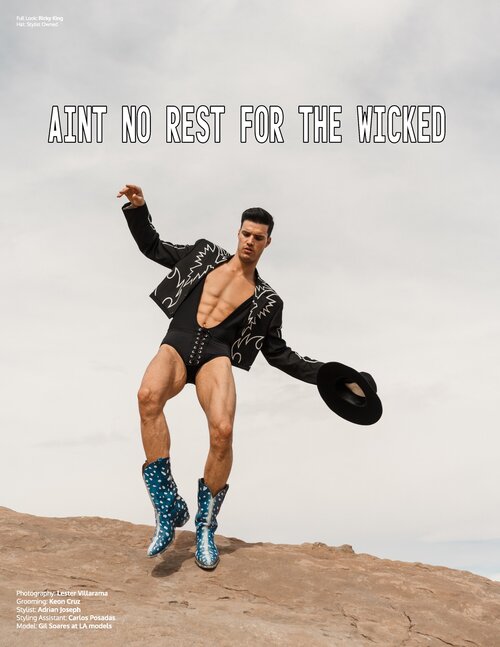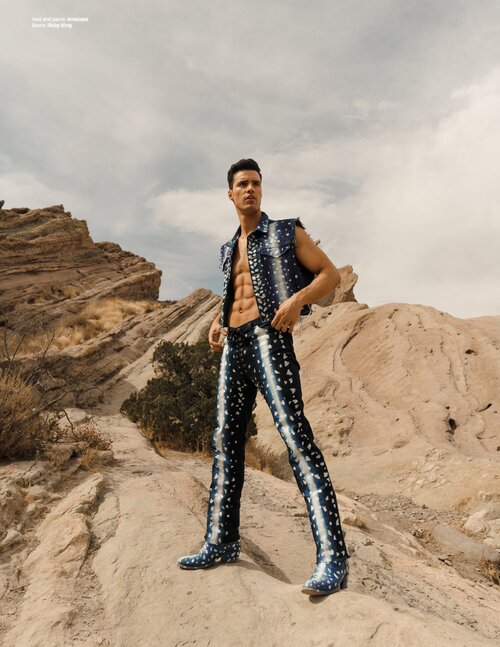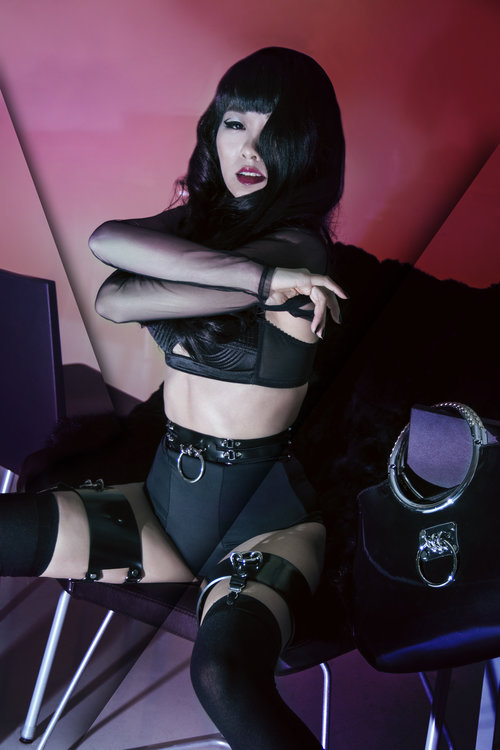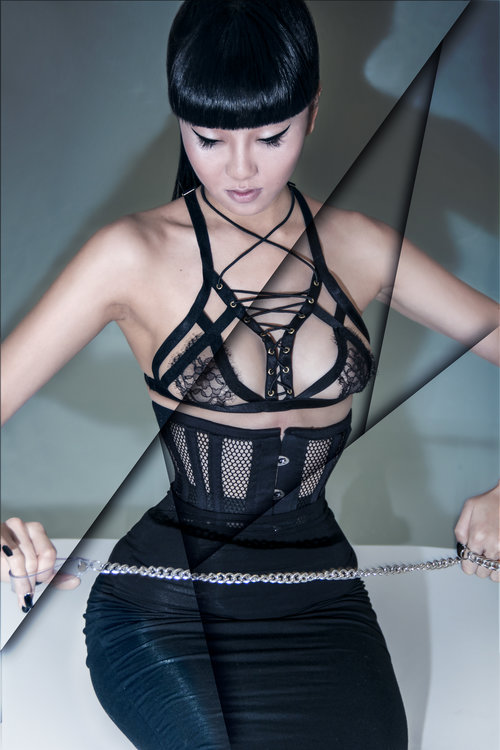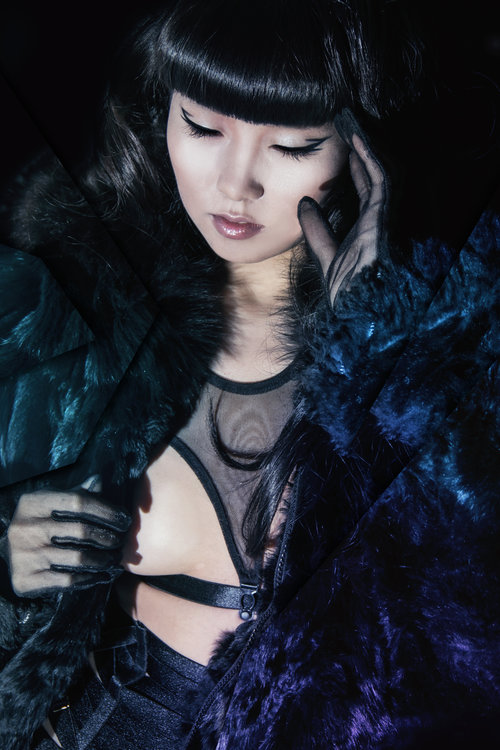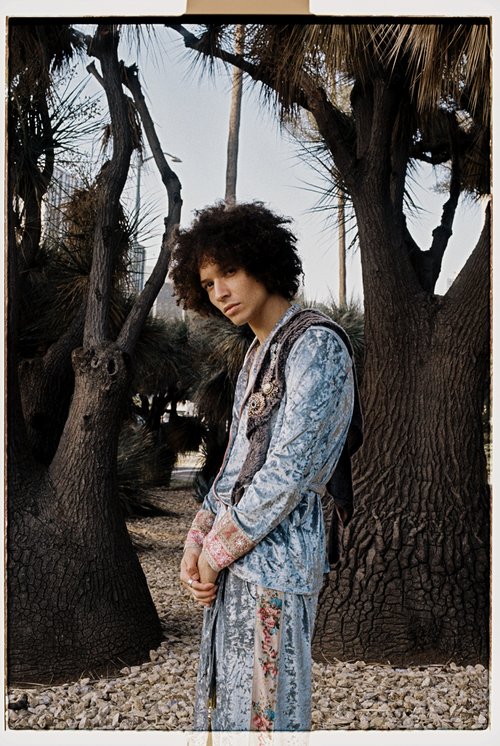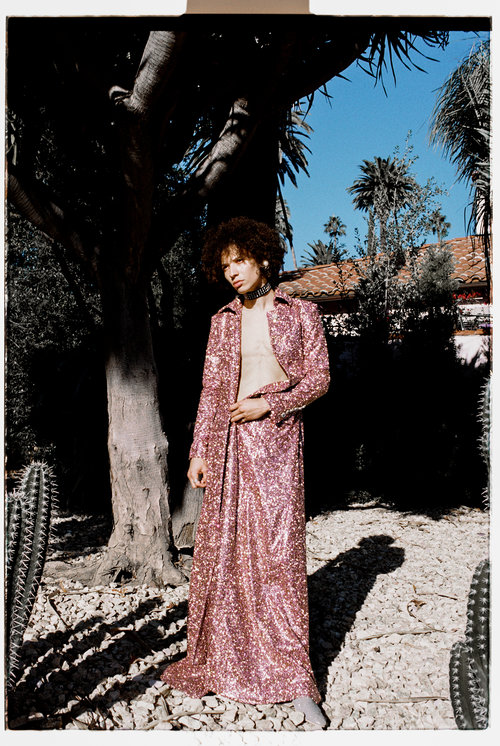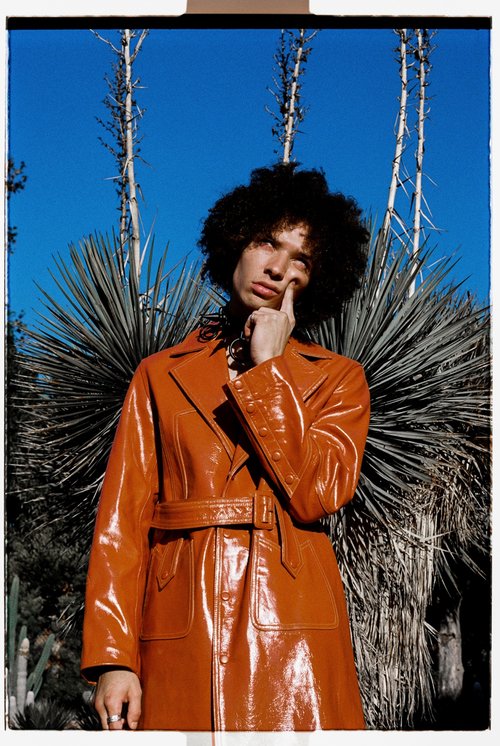Continuing our support for freelance creatives throughout the current worldwide pandemic, we bring you a new series of interviews showcasing incredible talent all across the creative industry. This time we talk to Adrián, an LA based creative stylist and editorial director. Throughout the panic of the lockdown, Adrián stays creative by developing his ongoing projects into mood-boards, alongside looking back on his successes, including working with Lady Gaga’s stylist, Nicola Formichetti, Rag & Bone, The Blonds, Omen PR, “while also establishing his own body of work in the industry”.
Below, Adrián talks us through his journey peruse a career in fashion, making the big move from Puerto Rico to NYC, essential industry skills, and explains how he’s making the most of quarantine time.
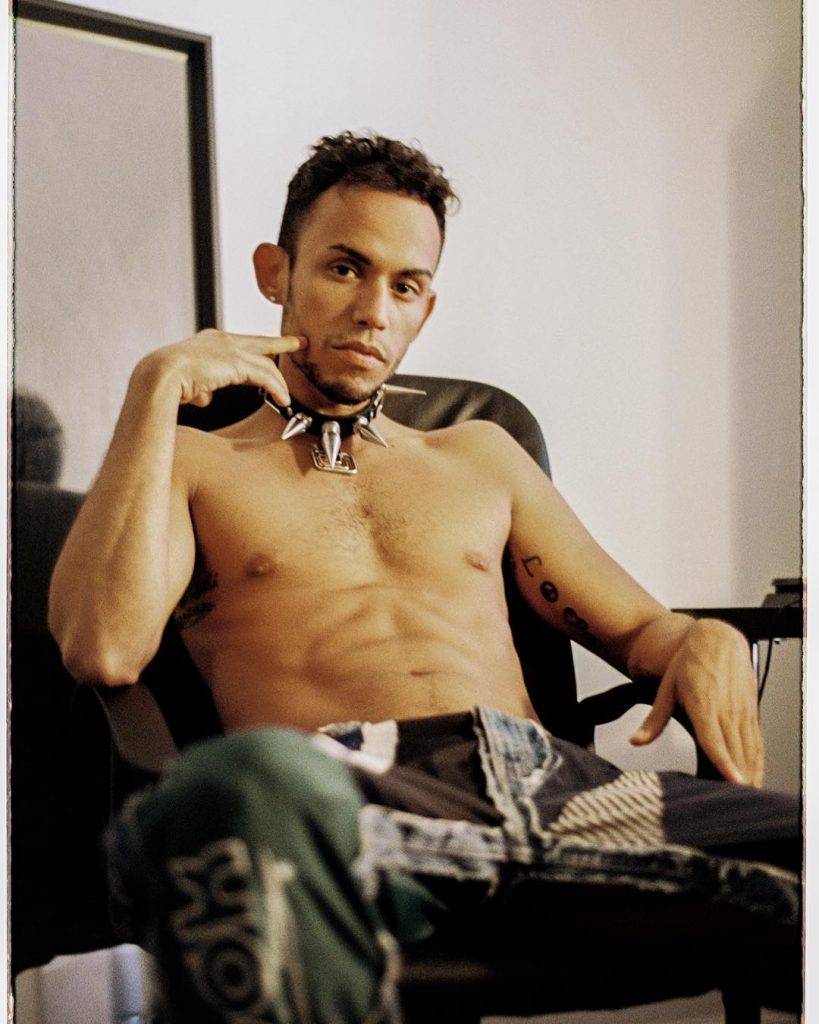
Can you describe your journey so far building yourself up as a stylist?
I truly believe in the law of attraction and I’m not one to believe in a lot of things. I was born on the tropical island of Puerto Rico. Of course, I became quite immersed in its culture and lifestyle but always felt like an outsider on the inside. I loved the beach/island lifestyle but I always wanted more. What triggered my spark was that as I would watch a lot of music videos as a child and wonder how they made all this happen. I knew what I could and wanted to do, but I knew I couldn’t do it there and I didn’t have at the time the guidance to know how to take the next step to start my career.
Fashion is not a priority on an island in the middle of the Caribbean, constantly overshadowed by corrupt politics and distressing social matters. I spoke to my parents and explained my aspirations and frustrations, and they helped me move to NYC. Since arriving there it changed my life, I was exactly where I wanted to be, and even though it took a lot out of me personally, through hard work and without any guidance I just continued to meet wonderful people and artists and collaborate in ways that I only used to dream of. I interned for Jitrois, Rag & Bone, The Blonds, Katya Morman at Style Defined, Chris Kutlesa at Studio Formichetti, without a fashion degree. At the time I also worked in Public Relations as a fashion publicist for a small thriving at the time, PR showroom.
After learning from some of the best, I then embarked on building my styling portfolio in NY and working with a variety of designer friends and models, was able to do that and start making a name for myself creatively by putting a softer and unorthodox effeminate touch on menswear. I truly believe that as much as I’ve struggled as a freelance artist, the payback is so rewarding and that I’ve manifested this life for myself and continue to work at the level that I now am, is a blessing.
Who are your favourite people to work with and why?
Adventurous and perfectionist will never let you down. People willing to dive into your idea and execute the vision with passion and ease. What I mostly love about what I do is the collaborative effort it takes to deliver a final product and the human connection plus combination of styles that goes into producing these.
Having worked alongside well-renowned creatives, what skills you learned from them?
I’ve learned that many times my first idea is the best idea and I should trust my instincts. Trusting your skills is essential to your success in this or any industry.
How do you try to distinguish your individuality in your work?
As a Latino man, I know the toxic masculinity that shrouds our culture. Growing up even though I come from a supportive household, I’ve always felt the restraints of masculinity in society around me. Restraints that I always questioned. This social disease always inspires me to fight against its constructs. I also communicate, and read my clients and team’s energy. My work is completely reactive off that. My obsession with my work usually comes through in the final product.
In your opinion, how is the current COVID-19 situation going to affect creative freelancers like yourself?
Well it’s definitely hurting us financially just like everyone else is being hurt right now. It’s a scary time since we don’t know what the future holds or how we’re going to pay the next bill or rent and help seems so distant at times. Not all of us have deep pockets to sustain ourselves through this and it’s a time we must support each other as much as we can. Damn capitalism.
It’s also having a positive effect on creatives, it is forcing us to find different ways to communicate and express our artistry to an audience in need of an escape. The creative ways we’re executing this is truly inspiring.
What steps are you taking over this self-isolation period to keep yourself proactive and creative?
- Drinking a lot of coffee.
- Working on new ideas for my new role as a contributing editor for Risk Magazine.
- Working out in my living room has been great for my body and sanity.
- Face timing my friends and family daily.
- Creating mood boards for future projects.
- Cleaning my apartment constantly helps me get the best ideas.
- Video games are a beautiful way to disconnect from reality.
How are creatives in LA combating the virus?
It’s been beautiful to see my friends get creative in our county at this moment. I have artists that are doing musical live streams. I have designer friends like Ana Estella, who is currently making medical masks for a variety of people in need. Photographer friends who are selling their work and donating it all to organizations in need. It’s beautiful to see friends get creative in a time of need, and period of physical social isolation. All the others are doing their part by staying at home.
Do you think COVID-19 will change styling and fashion in the future, how?
It’s already changed everything, it’s just a matter of time to see if what we learn from this, we will carry on moving forward. I am becoming more aware of where the styles I choose from and how its made and how sustainable the ideas and pieces I work with are. We need to be more present in how we’re working and managing our surroundings. Also, hold the industry accountable with health and safety work environments and true employee rights.
What’s the first thing you’ll do once self-isolation is over?
I’ll visit my family. Then I’ll go to the beach to get a sun-tan and I’m going dancing, if we ever go back to the way it was.
Follow Adrian on Instagram
www.adrianjoseph.net
Words: Izabel Rose
